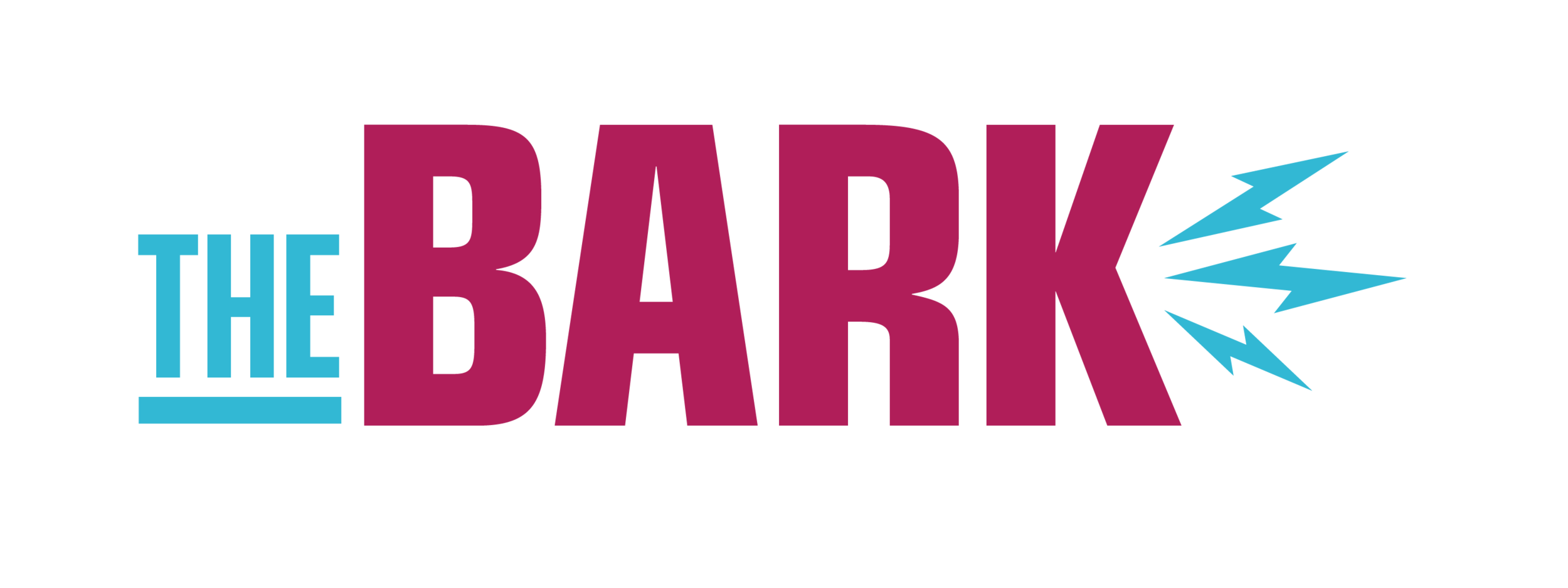Rediscovering Wanigan: Celebrating A UMD Alum’s Classic Comic Strip
Gawboy (left) and Newcomb (right) in the Library Rotunda. Photo by Brandon Kwateng
Author and Fond Du Lac Tribal and Community College faculty member Rain Newcomb hosted “Rediscovering Wanigan,” a panel celebrating Wanigan, a comic strip set in northern Minnesota. The event, which was hosted in the Library Rotunda on April 23, featured Carl Gawboy, the creator of the comic.
Wanigan was a comic strip that ran in The Ely Miner newspaper from 1978 to 1980. Gawboy, who is of Ojibwe and Finnish descent, started cartooning at a very young age. The comic strip is set in Wanigan, a small fictional town in northern Minnesota with a population of 300.
An alum of UMD, Gawboy lived in Ely, where he set up an art gallery that was a block away from the office of The Ely Miner. When he first started the cartoon, Gawboy would walk the short distance to the newspaper’s office and hand deliver his comic strips. When he moved to Minneapolis, he mailed his comics instead. The Ely Miner ran from 1895 to 1988 until, as Gawboy puts it, “two Chicago guys showed up and created The Ely Times, running The Ely Miner out of business.”
The Wanigan comics were ahead of its time breaking traditional gender roles and speaking up on Native American issues that were not covered by any other artists.
Exploring the line between tragedy and comedy, Gawboy would teeter close to tragedy, but no matter how hard of a topic he would be able to flip every strip into comedy, showing the true mastery and creativity of Gawboy.
Just like the “Peanuts” comics from Charles Schultz, the Wanigan comics are mostly printed in a four-panel format. The name Wanigan is from the Ojibwe tribe, an Indigenous North American tribe, and means trap of some kind. Gawboy got the word “Wanigan" from a cook shack that was part of a logging company.
Unlike most comics that came out at the time, Wanigan featured an ensemble cast of 20 characters that were racially diverse. These characters ranged from a variety of groups, including Native Americans, Finnish and Norwegians.
There was a lot of political commentary in Wanigan. Unlike other comics of the time, Wanigan’s political commentary has aged well and are still topics that occur today. Gawboy also wove storylines throughout his comics, with topics ranging from romance to sports competitions.
The four panel style of Wanigan with Carl Gawboy. Photo by Brandon Kwateng
The Gale Family Library holds the only known copies of Wanigan. Unfortunately, the strips have faded over time and lost some of their former glory. Currently, Newcomb and Gawboy are working to get these comics restored.
Though Gawboy was passionate about Wanigan, he stated that it felt more like a side gig at the time. He mainly specializes in water color paintings which depict Native American history and culture.
For now, the future of the little town of Wanigan holds a lot of opportunities, and we’ll have to wait and see what comes next.


